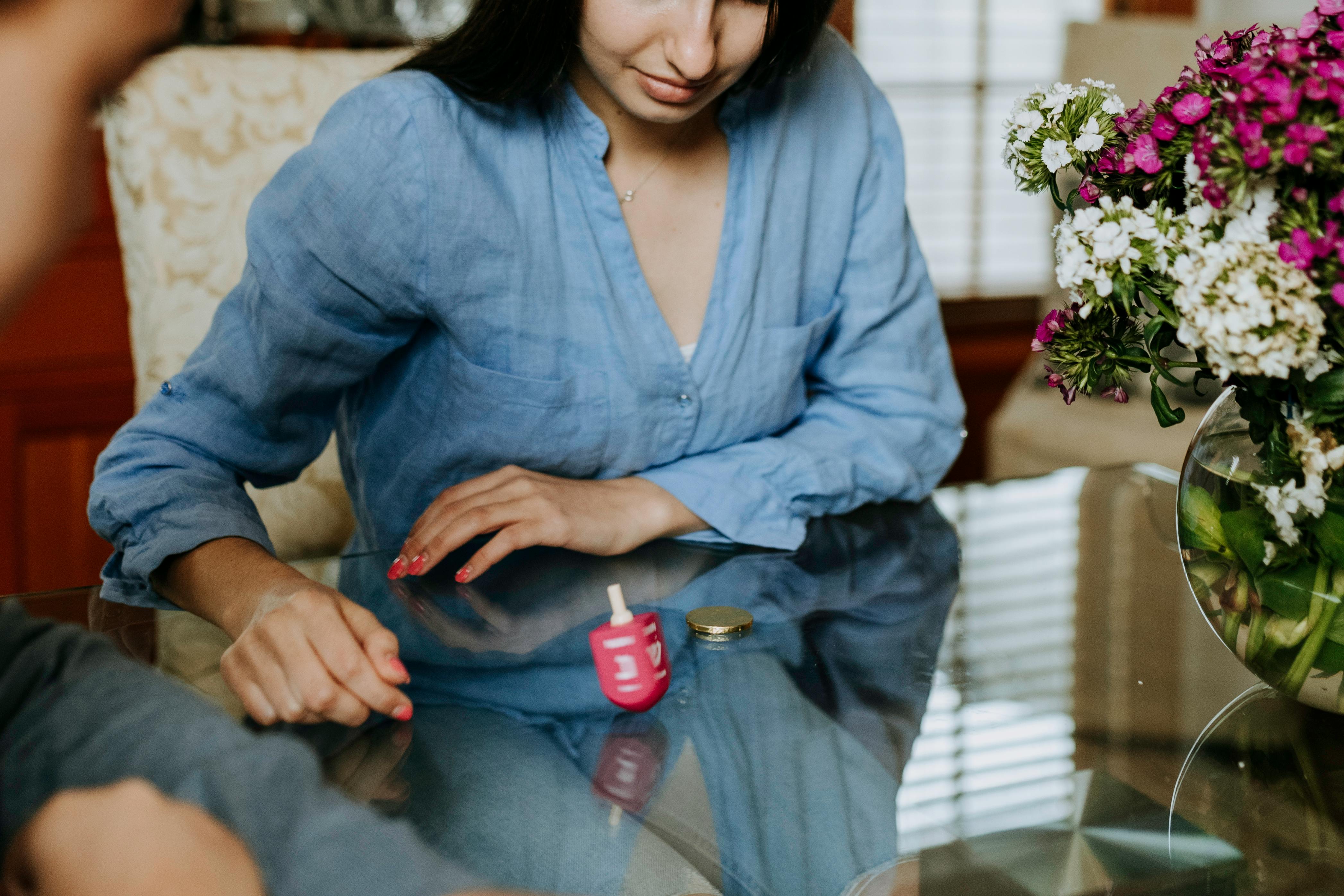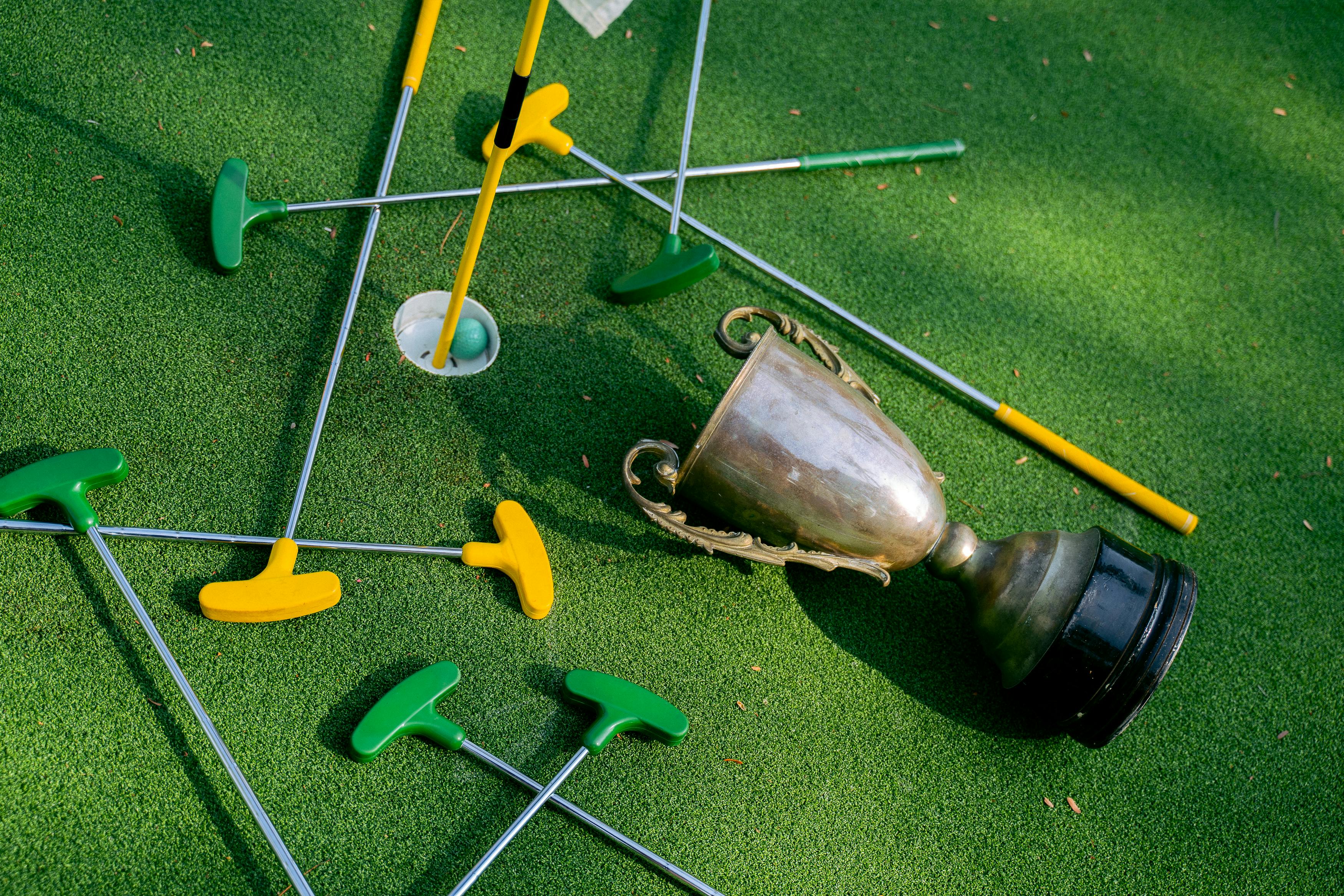With Thanksgiving a few weeks away, we thought it was a great time to go back in time and explore the styles of jewelry that were popular with our founding fathers and mothers. Although the pilgrims were harsh and austere, by the 18th century colonial America had adorned itself. So pull up a wooden chair, sit down with a cup of hot tea, and enjoy some early American jewelry stories.
Recorded history begins with the newspaper
How do we know what our first American ancestors wore? The portraits of well-to-do citizens and their families who have survived the ages are one source. But we get much of our historical information from colonial newspapers. In 1704, the British government allowed the publication of The Boston News-Letter, which became the first continuously published newspaper in the United States.
Like today’s newspapers, colonial newspapers carried many advertisements related to jewelry, from advertisements for sale by goldsmiths and silversmiths to advertisements for lost and found and stolen property by citizens. The papers that survived from that point on provide an interesting and accurate account of what Americans bought, wore, lost, and stole. Gold and silver jewelry, precious and semi-precious stones, diamonds, rubies, emeralds, topaz, garnets were highly prized by settlers, and for the same reasons today: an appreciation of their beauty, the accumulation of wealth, and the appearance of status and Social. standing in the community.
What they bought, wore and stole
Based on sales, lost and found and stolen property listings from various colonial newspapers, jewelry that was popular included silver snuff and tobacco boxes with mother-of-pearl caps, gold and silver buttons on the sleeves, brooches with detailed portraits. set with precious stones, elaborate silver hilt. swords, crystal and garnet three-drop earrings, coral necklaces, silver and gold watches, gold heart medallions set with garnets and, of course, gold and silver belt buckles. An embellished belt buckle was an essential fashion piece to complete a well-dressed look.
A mix of cultures
Colonial jewelry came from various sources and the result was a melting pot of cultures that met in the colonies. Native American Indian tribes were known for their intricate beads. They would match thousands of beads made of carved bone and wood, ground coral, shells, turquoise, and copper.
Spanish silversmiths and goldsmiths helped introduce that style of metalworking into jewelry, and silver and gold earrings, necklaces, belts, and shoe buckles became popular. As more European settlers arrived, the jewelry “shops” of the time became more diverse, offering a cornucopia of unique gems and pieces made and found in the colonies, Europe, and South America.
Where can you see it today
While many pieces of colonial-era jewelry have been lost to time, war, and wear and tear, there are several museums with impressive collections. The Metropolitan Museum of Art has a display of American jewelry from the 19th century. Colonial Williamsburg’s DeWitt Wallace Conservation and Collections Building houses a small but precious display of 18th and 19th century jewelry. Visit Colonial Williamsburg Online – Their website has an online clothing exhibit, “Historic Threads: Three Centuries of Clothing.” You can see some of the intricate beading and accessories of the day. The University of Antique Jewelry is also a good resource for viewing and learning about early American jewelry.

